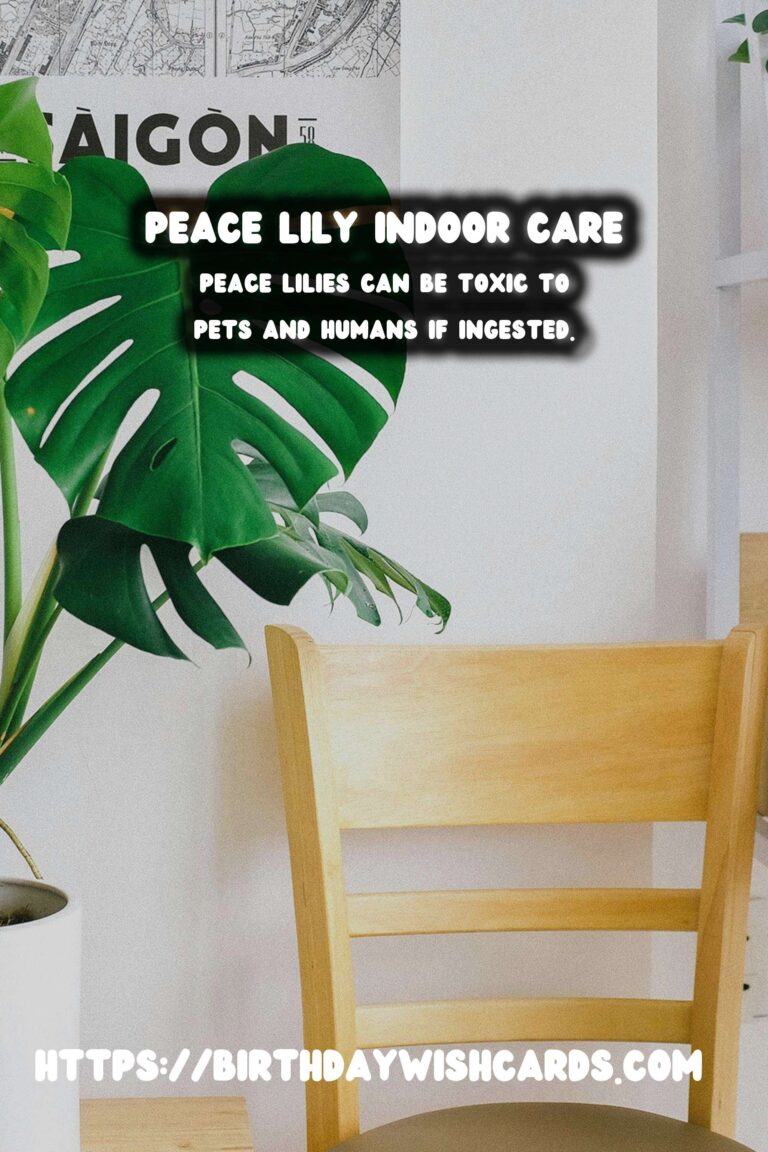
Peace lilies are one of the most popular houseplants due to their elegant appearance and low-maintenance nature. Known for their lush green leaves and striking white flowers, peace lilies can add a touch of serenity to any indoor environment. This comprehensive guide will walk you through the steps necessary to ensure your peace lily thrives in its new home.
Understanding Peace Lilies
Peace lilies, or Spathiphyllum, are part of the Araceae family. Native to tropical regions of the Americas and Southeast Asia, these plants are prized for their air-purifying qualities and aesthetic appeal. They are not true lilies but are named for their resemblance to the flowers of the true lily.
Choosing the Right Location
Peace lilies prefer bright, indirect sunlight. Direct sunlight can scorch their leaves, while insufficient light can hinder growth and blooming. Ideally, place your peace lily near a window that receives filtered light or in a room with bright, ambient light.
Watering Peace Lilies
Watering is crucial for the health of your peace lily. These plants prefer to be kept moist but not soggy. Water your peace lily when the top inch of soil feels dry to the touch. Overwatering can lead to root rot, so ensure the pot has adequate drainage.
Humidity and Temperature
Peace lilies thrive in high humidity and temperatures between 65°F to 85°F (18°C to 29°C). If your home is dry, especially during winter, consider using a humidifier or placing your plant on a pebble tray with water to increase humidity levels.
Fertilizing Peace Lilies
Fertilize your peace lily every 6-8 weeks during the growing season (spring and summer) with a balanced, water-soluble houseplant fertilizer. Avoid fertilizing during the winter months when the plant’s growth naturally slows.
Repotting Peace Lilies
Repot your peace lily every 1-2 years or when it becomes root-bound. Choose a pot that is 1-2 inches larger in diameter than the current one. Use a well-draining potting mix to prevent waterlogging.
Common Problems and Solutions
Yellowing leaves often indicate overwatering, while brown tips suggest dry air or underwatering. If you notice these issues, adjust your watering schedule and check your home’s humidity levels. Peace lilies are also susceptible to pests like spider mites and aphids. Regularly inspect the leaves and treat infestations promptly with insecticidal soap or neem oil.
Toxicity Warning
Peace lilies contain calcium oxalate crystals, which can be toxic to pets and humans if ingested. Keep your plant out of reach of curious pets and small children.
Conclusion
Caring for peace lilies is straightforward, making them an excellent choice for both novice and experienced plant enthusiasts. With proper care, your peace lily will flourish, bringing beauty and tranquility to your indoor space.
Peace lilies are popular houseplants known for their elegant appearance and low-maintenance nature. These plants prefer bright, indirect sunlight and should be watered when the top inch of soil is dry. Peace lilies thrive in high humidity and temperatures between 65°F to 85°F. Fertilize regularly during the growing season and repot every 1-2 years. Peace lilies can be toxic to pets and humans if ingested. 
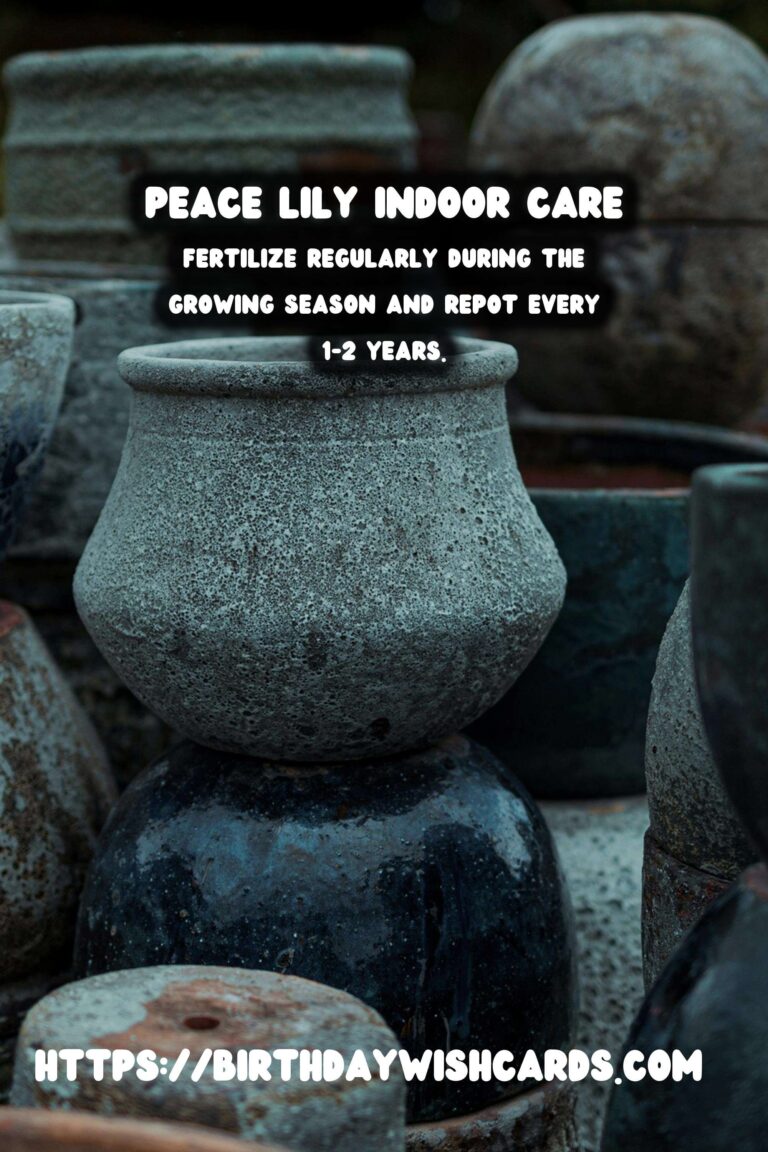
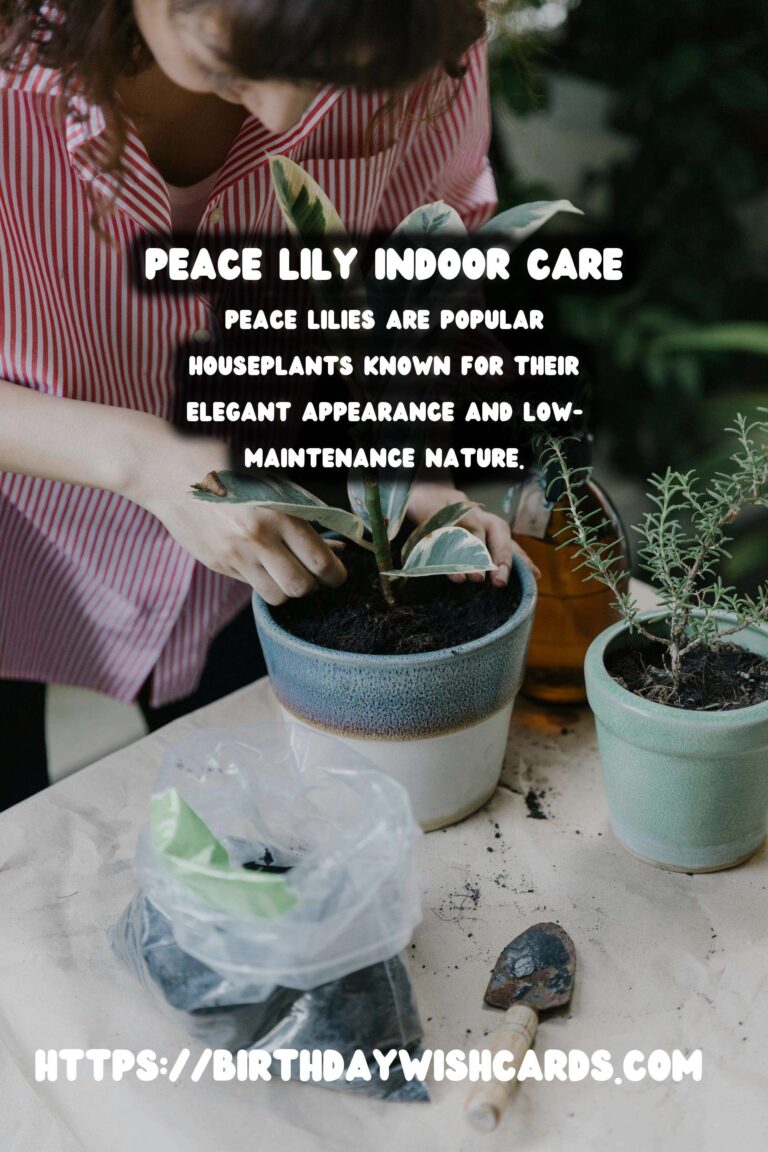
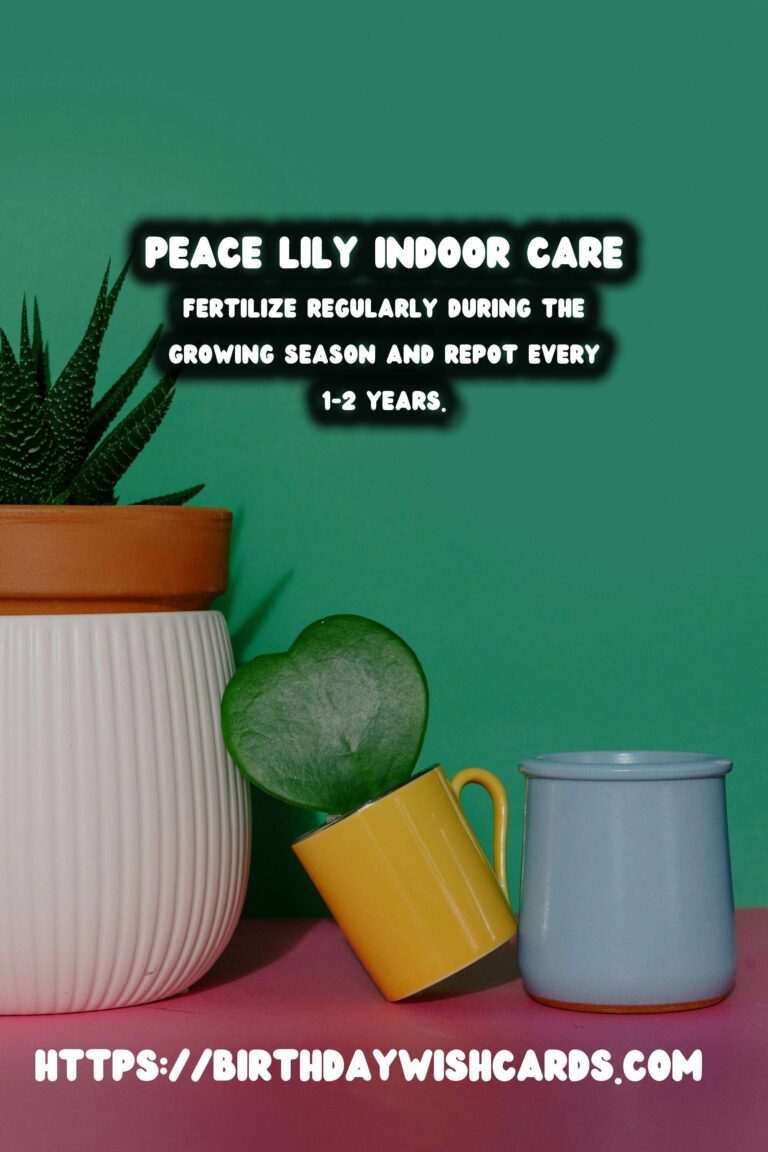
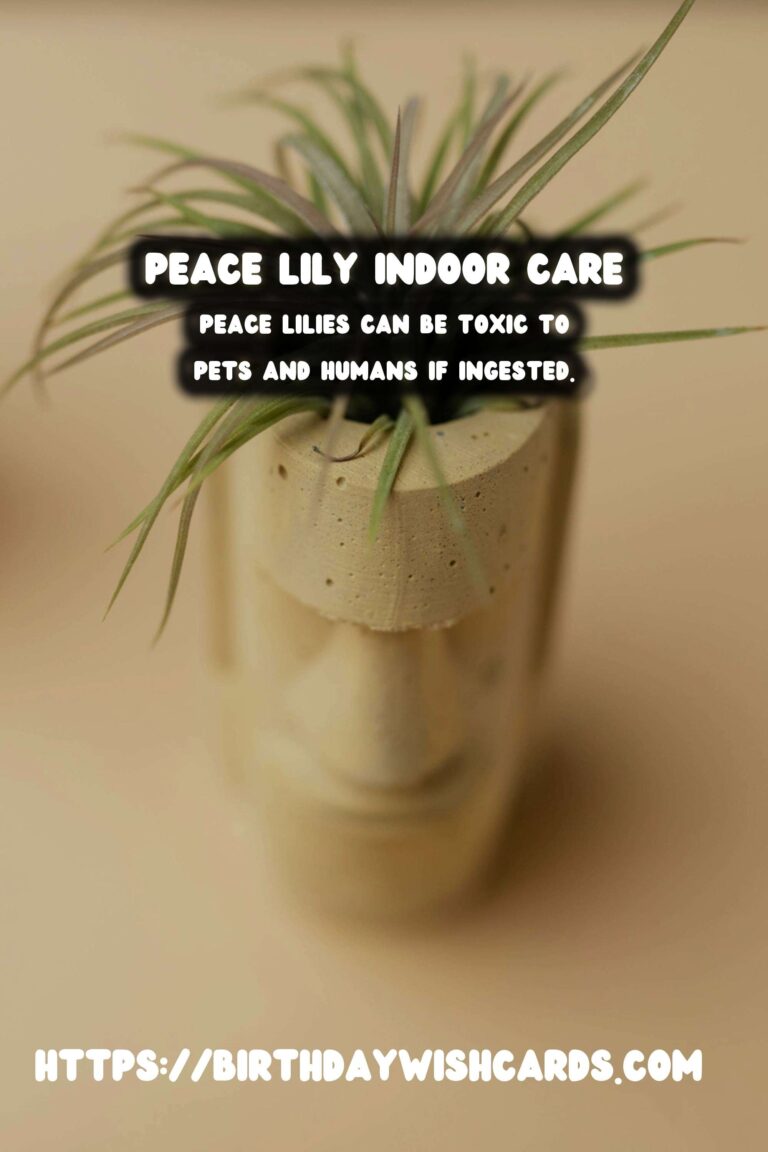
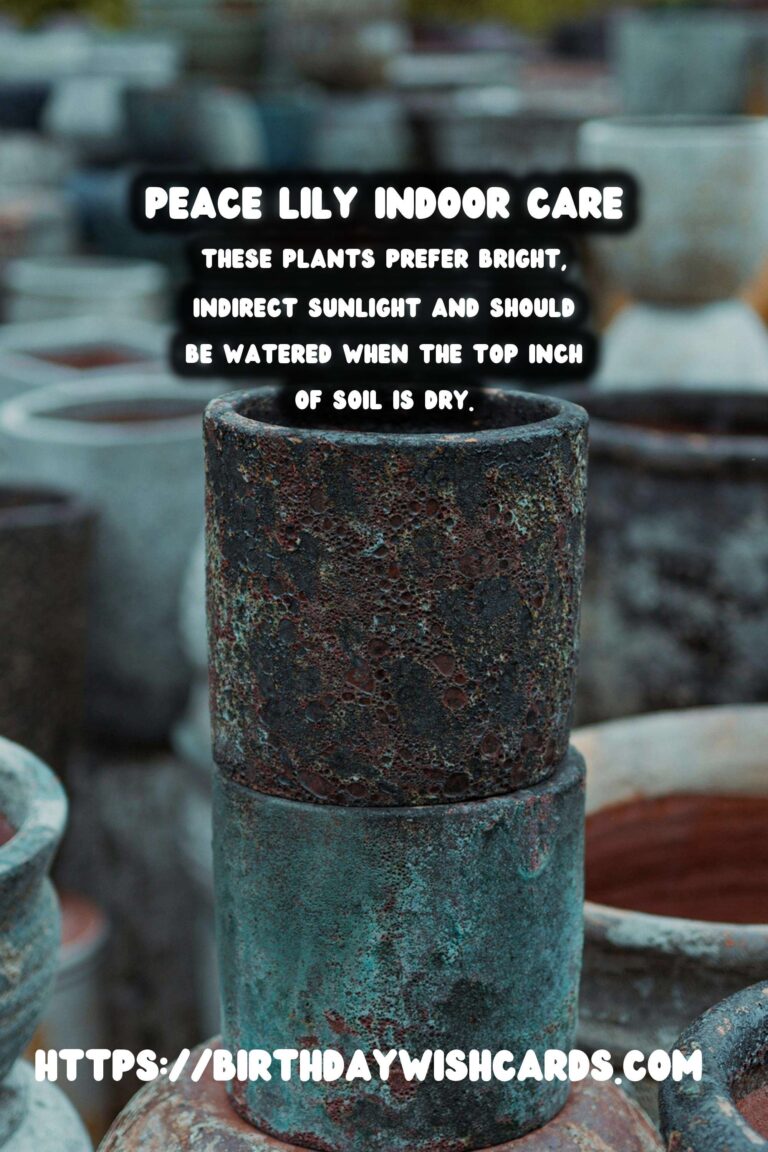
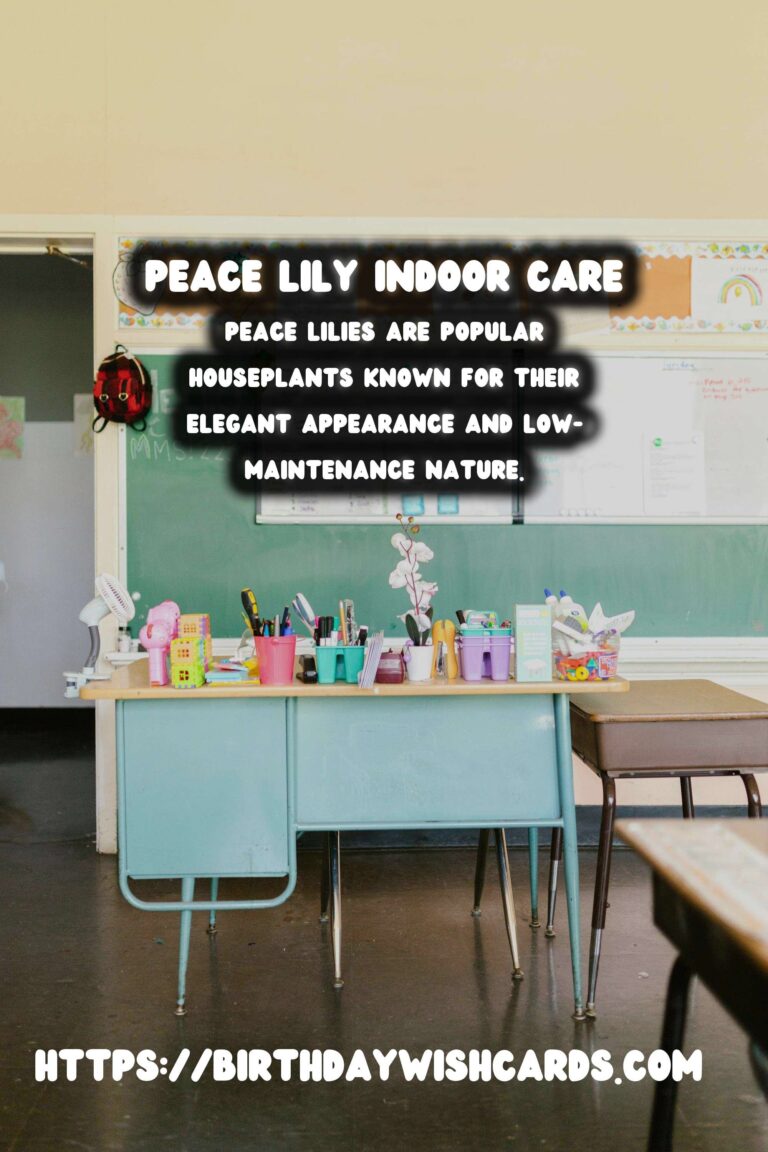
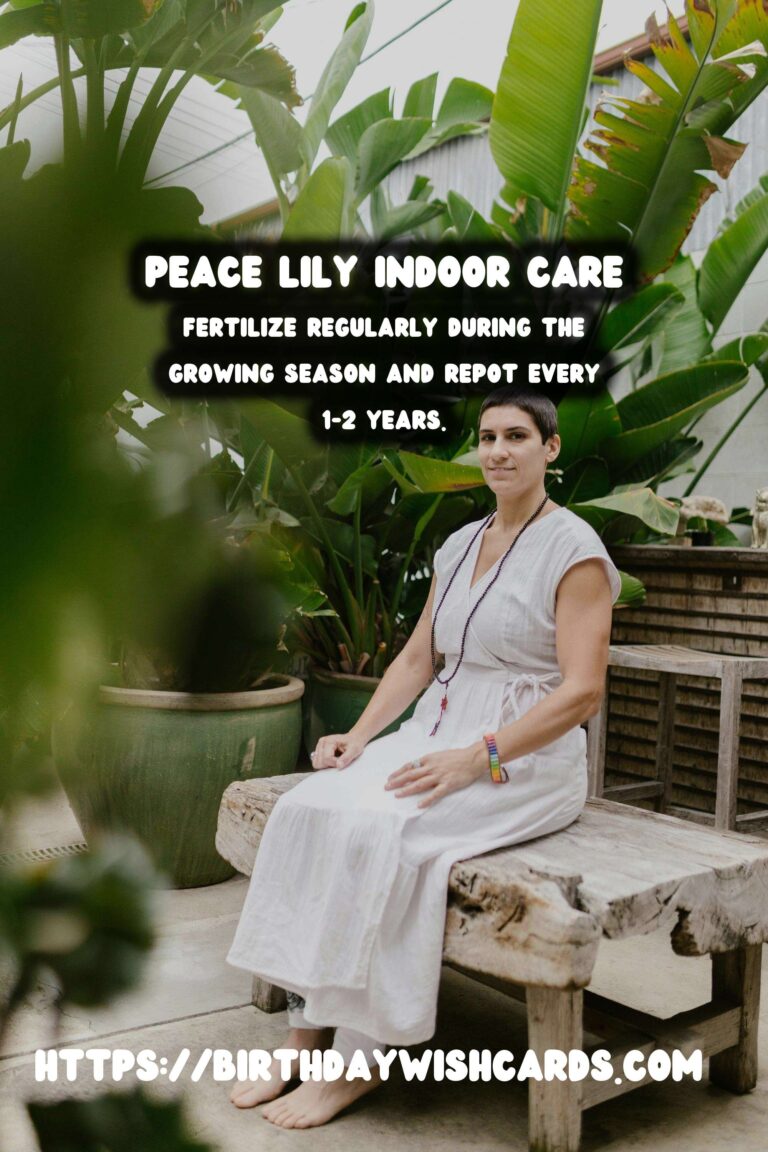
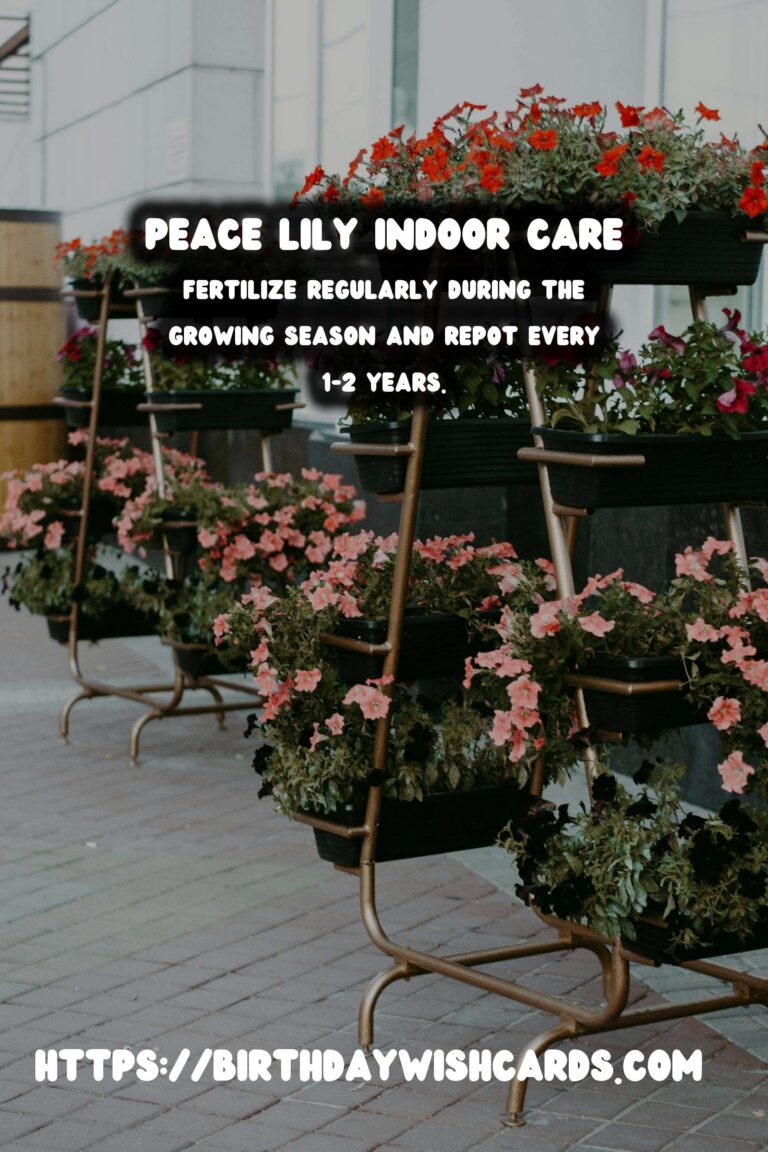
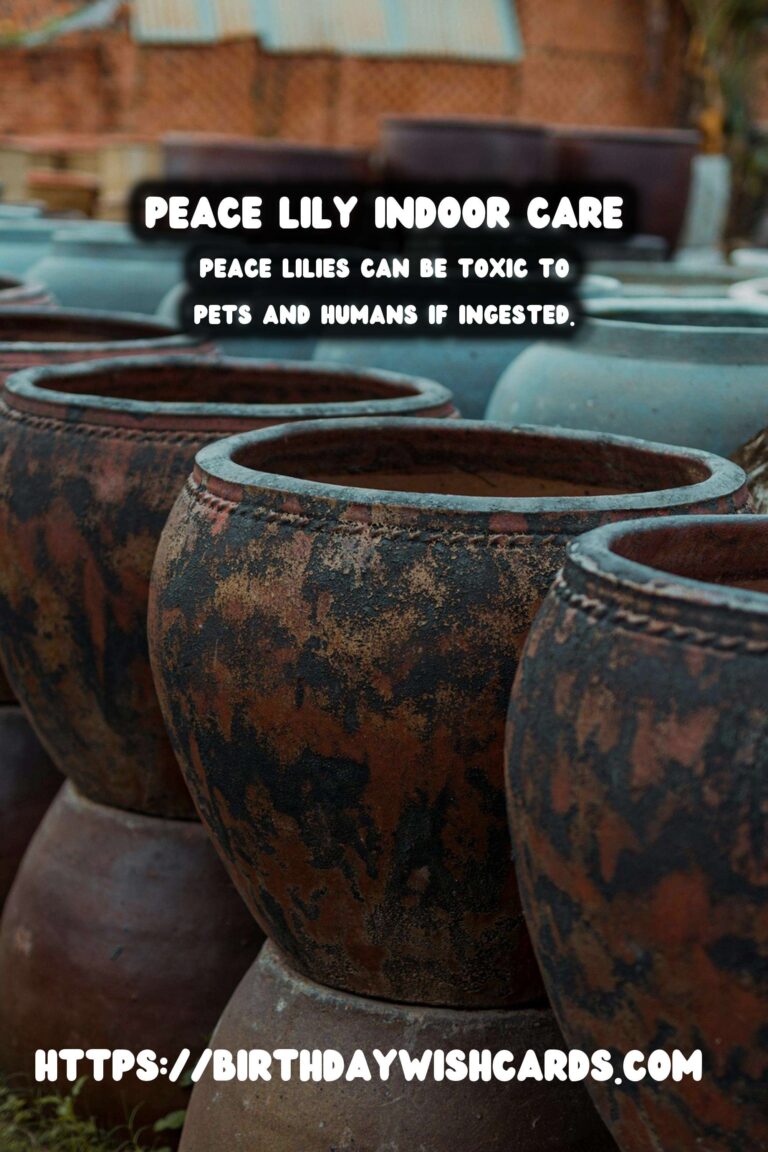
#PeaceLilyCare #IndoorPlants #Houseplants #Gardening #PlantCare




